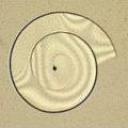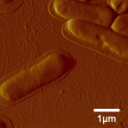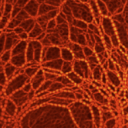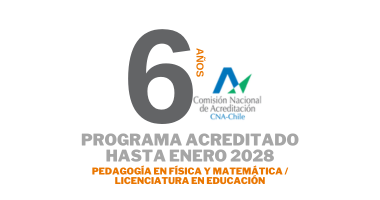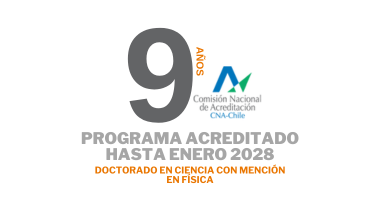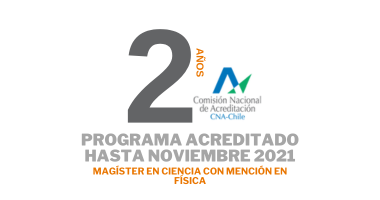Física No Lineal
|
|
Collaborative FractureStraight cracks are observed in thin coatings under residual tensile stress, resulting into the classical network pattern observed in china crockery, old paintings, or dry mud. Recently, in our lab, we have worked on describe the fracture mechanism where delamination and propagation occur simultaneously, leading to the spontaneous self- replication of an initial template. Surprisingly, this mechanism is active below the standard critical tensile load for channel cracks and selects a robust interaction length scale on the order of 30 times the film thickness. Depending on triggering mechanisms, crescent alleys, spirals, long bands or oscillating paths are generated over a wide range of experimental parameters. We describe with a simple physical model, the selection of the fracture path and provide a configuration diagram displaying the different failure modes. |
|
|
Mechanical response of single pilus during bacterial adhesionHuman pathogens, such as bacteria, use multiple strategies to adhere to a host cell. Both Gram-positive and Gram-negative bacteria use specialized protein filaments that can anchor to the cell membrane. These extracellular hair-like appendages, known as bacterial pili or fimbriae, are subjected to a mechanical stress reaching several hundred picoNewtons caused by the continual fluid flow and attempt to detach or tear the bacterial adhesion. For example, bacteria such as E. coli is able to withstand fluid forces in the bladder, otherwise it would be rapidly removed during urination. Thus, pilus may have adhesion strategies and specific mechanical properties that are adapted to the rheological properties of the media in which these bacteria function. |
|
|
Granular Flows in MiningPhotoelastic methodology reveals cavity formation induced by the depletion of stresses due to the formation of arches in a single draw-point operation. |

